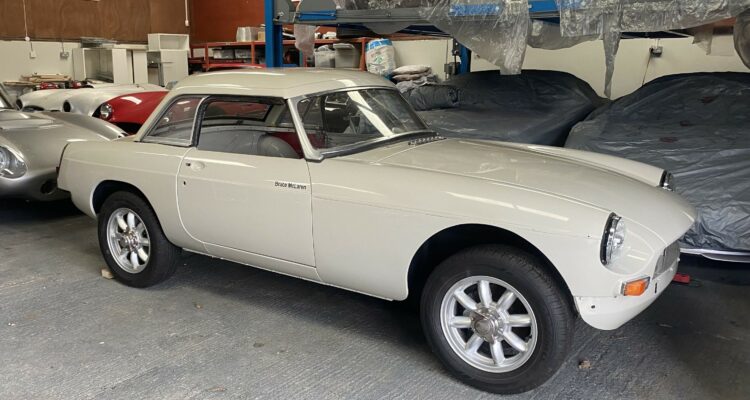The MGB – Five things you need to know
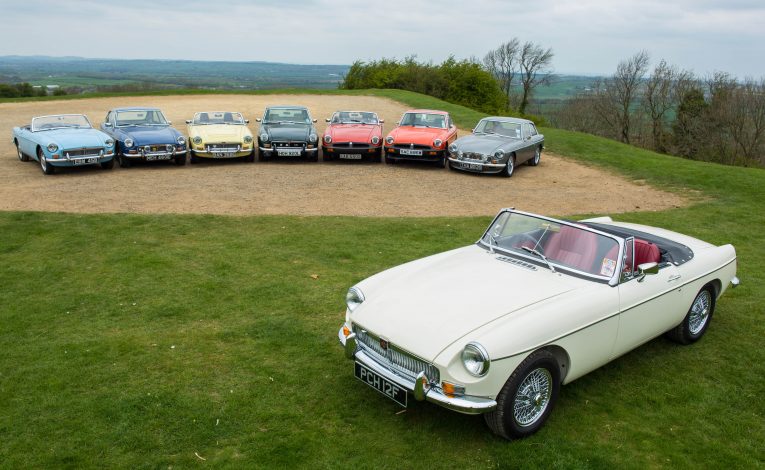
Fish and chips, a nice cup of tea, moaning about the weather, the MGB. What do all of these things have in common? That’s right, they are all typically, characteristically and proudly, British. A mainstay of home-grown classic car ownership MG has produced some of the most revered and cherished cars of all time, not least of which is the MGB. A time-honoured hero that epitomises what a classic sports car is. It has transcended mere labels to become one of the most iconic cars of all time, not just for Britain but worldwide.
A truly defining car the MGB is the quintessential open-top roadster. It’s pretty, mechanically uncomplicated and, most importantly, is great to drive. Debuting in 1962 to showering praise at the London Motor Show as a replacement for (and significant update of) the MGA, the B enjoyed a successful 18 years in production with over half a million being sold. A brand new design for the British Motor Company the MGB featured a monocoque structure, which was modern for the time, and an upgraded version of the acclaimed BMC B-Series engine mated to a four-speed manual or three-speed auto gearbox powering the rear wheels. To cope with the extra weight of the new design the motor was enlarged to 1.8-litres, producing 95bhp as well as additional torque, making the MGB faster than its predecessor. Speaking of which, the designers wanted to keep the much-lauded driving characteristics of the MGA intact but refine them somewhat to increase comfort. With that in mind the suspension was carried over from the previous car as it proved to be an effective setup and although it was getting on a bit at this point it was fettled with enough to still be relevant on the B, and the goal of making the new car an excellent driving experience was achieved. A leaf-sprung, live rear axle was also used, more as a money-saving exercise than anything, but by using softer springs the additional level of comfort that the engineers at Abingdon hankered after was attained.
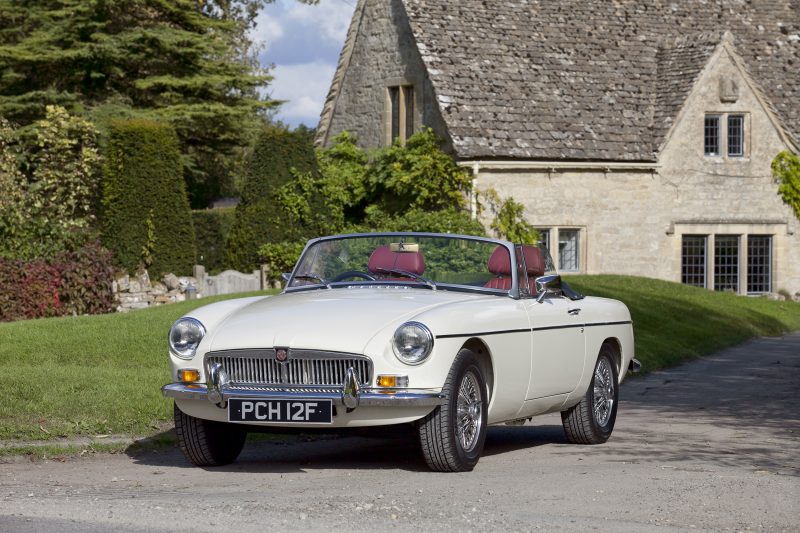
To say they’d got it right with the MGB would be an understatement. The car’s design and appearance didn’t really change in the nearly two decades that it was in production – testament to that fact. That’s not to say that there weren’t refinements, and a continued program of development was employed to ensure the car remained effective, relevant and desirable. It was such a good car that it was even successful in the notoriously hard-to-crack American market, although unfortunately US legislation saw the rather contentious introduction of hideous rubber safety bumpers to replace the much more elegant and refined original chrome. Plus the raised suspension to get the headlights to a Federally approved height. Various different versions of the B were developed which included the Pininfarina-designed fixed roof, hard top GT (launched in 1965 and later segueing into the GT V8 in 1973) and the MGC – a six-cylinder variant, again available in both roadster and GT guises. Whatever the body style or number of cylinders however they are all fantastic cars to drive, incredibly cheap, easy to work on and you’ll have the support of an excellent community of enthusiasts behind you.
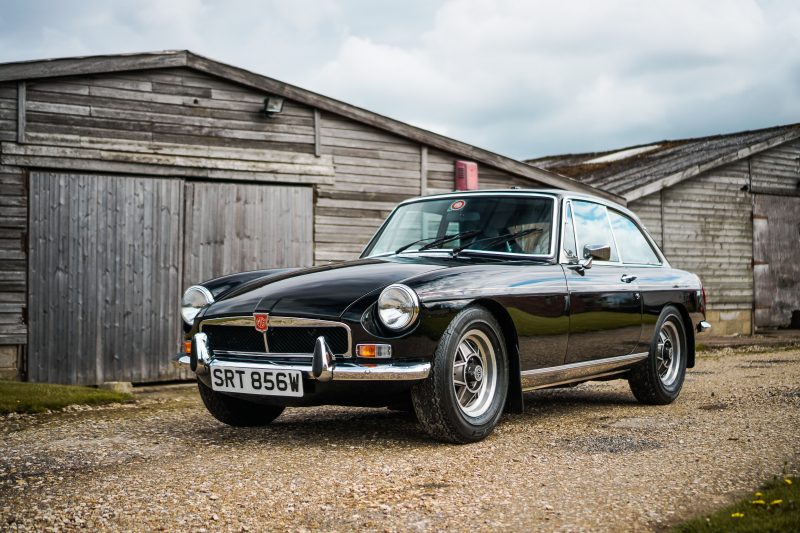
Paving the way for the modern sports car and becoming a true legend in its own right there are few rivals to the MGB for simple driving enjoyment. Here are five things you need to know about this archetypal, best-selling British classic.
1) Body and Chassis
It should come as no great surprise that a car manufactured in the 1960s by BMC is prone to a little rust and it’s far more important to find an MGB with sound bodywork than spangly mechanicals as the oily bits are easy to deal with in comparison. Sills are the biggest culprit so make sure to check both inner and outer areas as replacements can be expensive. Bodged repairs here are prevalent so really scrutinise the area, employing the trained eye of a professional if you are unsure. It’s worth checking for any accident damage while you’re at it, such as bent chassis rails, poor shut lines or welding repairs. Wheel arches also go so check under the liners for any nasty surprises. These cars can appear healthy from the outside but may be hiding untold unpleasantness within. Check the rear spring hangars and lift up the carpets and any sound-deadening material to get a good look at the floors too. The scuttle panel underneath the windscreen is also vulnerable and any bubbling paint may be merely the tip of the rusty iceberg. New heritage body shells are available and depending on the severity of the corrosion may be a cheaper alternative than repair. There are still plenty of cars out there so take your time and don’t feel rushed into making a purchase if you are not confident in its condition.
2) Trim
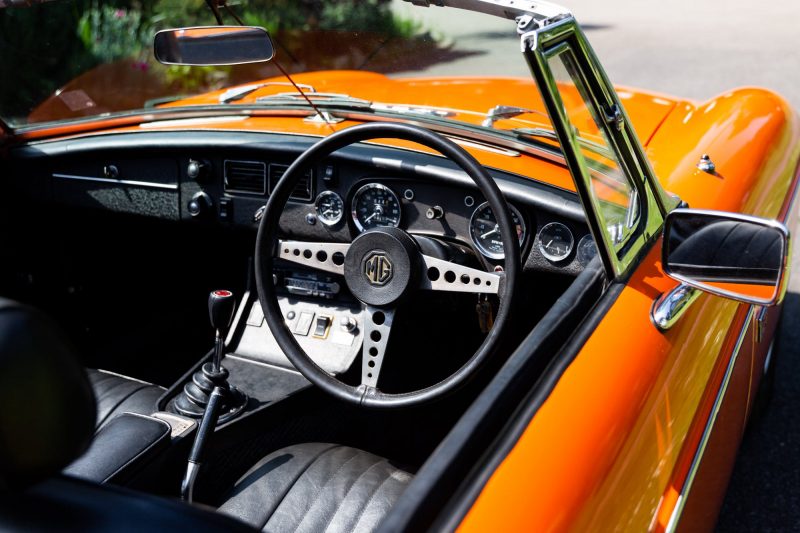
Interiors are simple affairs but they do the job well and there is little to go wrong. All trim pieces are available so a tired or tatty interior shouldn’t be a deal breaker. Early cars used twin 6-volt batteries with later examples moving to a more conventional 12-volt unit with additional in-car switchgear as a result. Both systems work well but access to the 6-volt units can be difficult as they are fitted under a panel behind the rear seats and as a result a lot of these earlier setups have been converted to use a modern 12-volt battery instead. If this is the case then ensure that any work has been done properly. Make sure the all-important overdrive works on the gearbox, whether it be the earlier dash-mounted switch or the latter one on the gear lever itself. Hoods are generally hard-wearing but check for any rips and tears as well as proper fitment as a leaky roof will only exacerbate any corrosion problems. New roofs are inexpensive items so a replacement shouldn’t break the bank.
3) Engine
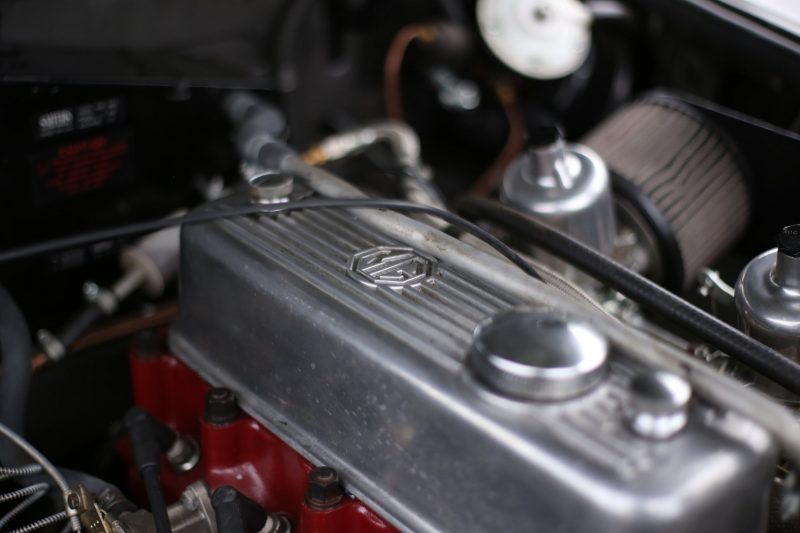
Designed to be fettled with by their owners and with a conventional setup MGBs are a doddle to work on and maintain. The B-Series is a hardy motor not renowned for overheating but do still check for any fluid leaks or tell-tale head gasket failure . A few weeps of oil is neither here nor there but the cam seals can be particularly susceptible. If the engine is leaking oil it means there’s still oil in it but a car with a smoky exhaust, either upon start up or under load, is an indication of worn oil seals. Tappets are anything but quiet and a little valvetrain noise is perfectly normal. Valve adjustment is easy but be careful not to over-tighten the tappets as this will damage the camshaft. Check for healthy oil pressure and have a look in the history file (if present) for evidence of regular oil changes. The twin-SU carbs work well. Generally speaking and are easy to tune. A well-maintained and regularly serviced B-Series will give years of trouble-free motoring without requiring a rebuild. but even then it’s not the end of the world as there are plenty of reputable companies who will carry out the work for you if required.
4) Suspension and steering
The suspension system on the MGB is a tried and tested setup and as such is well-engineered and reliable but the front kingpins require fresh grease every 3000 miles to maintain their operation, so again, check any history file for regular maintenance. If you can rock the wheel with the brake applied then they need to be replaced. Bushes can deteriorate but replacing them is an easy job and it’s worth installing uprated items to increase lifespan. Full suspension upgrade kits are available and a worthwhile investment. Have a look at the tyres for uneven wear as this can be indicative of a poor suspension setup or failing components. The rack and pinion steering is also lifted from the MGA because it worked but check for any slop as this will indicate a worn universal joint. Worn gaiters can let dirt and grit in and cause premature wear so have a look to see if they are intact. Make sure the car doesn’t wander from side-to side when driving down the road but a slight pull to either side can usually be addressed by having the wheels professionally re-aligned.
5) Brakes
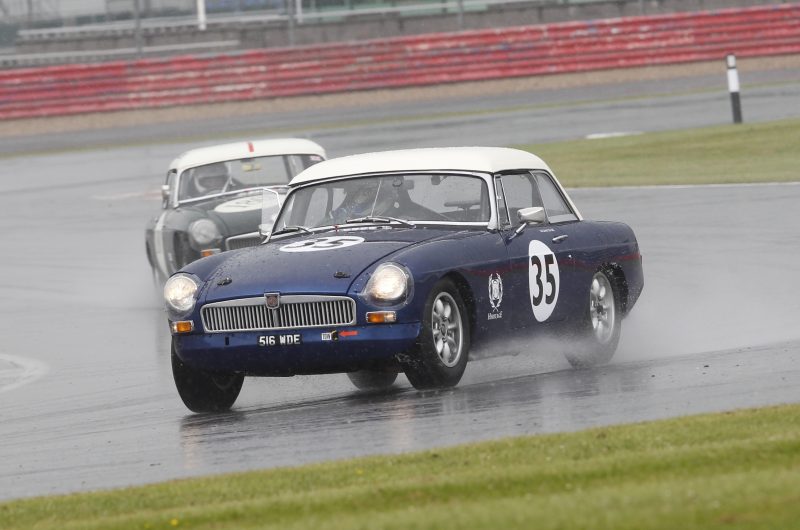
With discs up front and drums at the rear MGBs have ample stopping power but pre-1975 cars were not servo assisted so a heavy right foot is required. Perform the customary checks to ensure no fluid leaks or corroded pipes and make sure the two-pot calipers are not binding in any way. While discs and pads are service items check them for excessive wear or neglect as this can suggest that other areas of the car have been overlooked. Better discs and pads are a cheap and easy upgrade to perform regardless.

